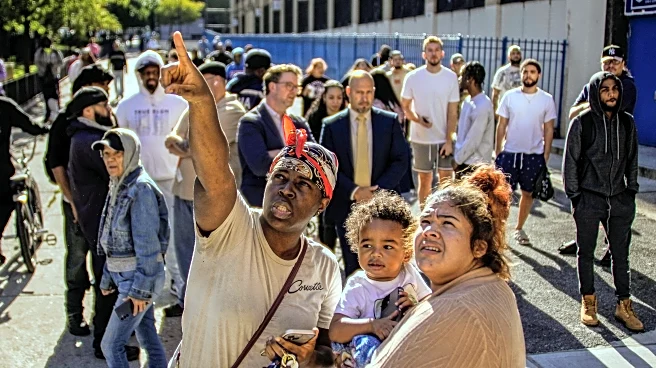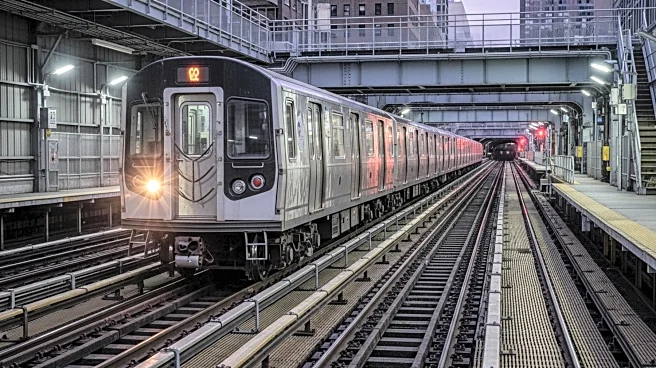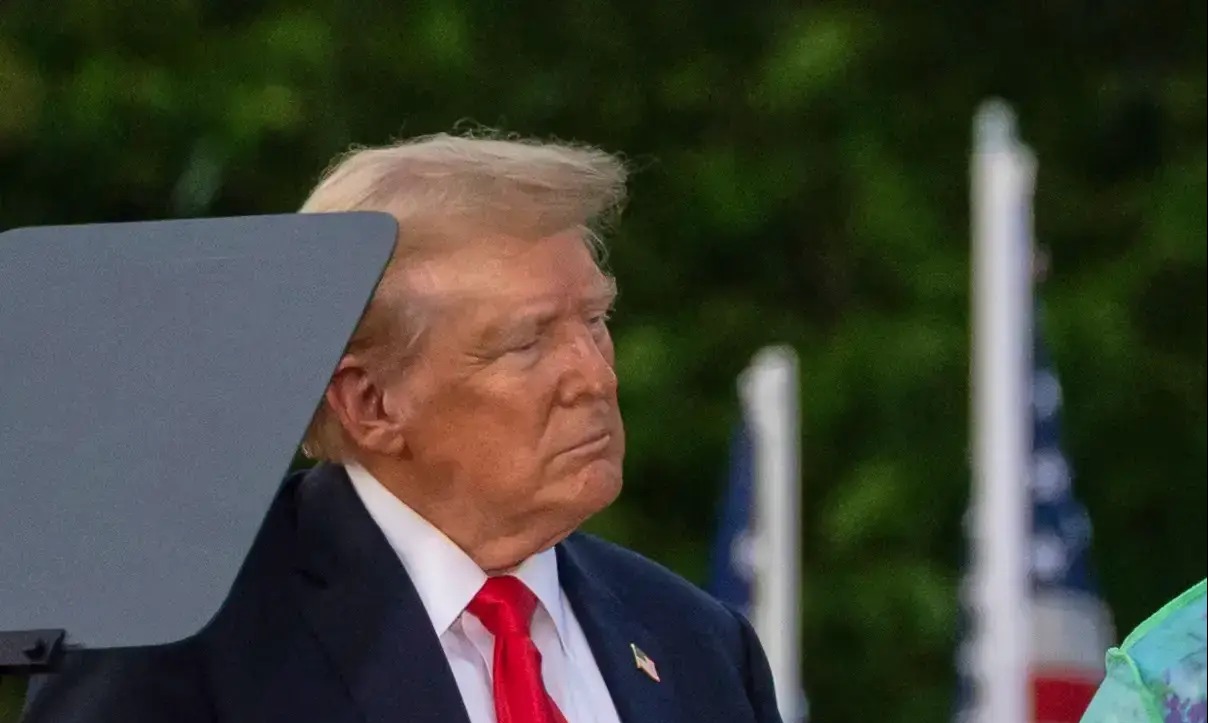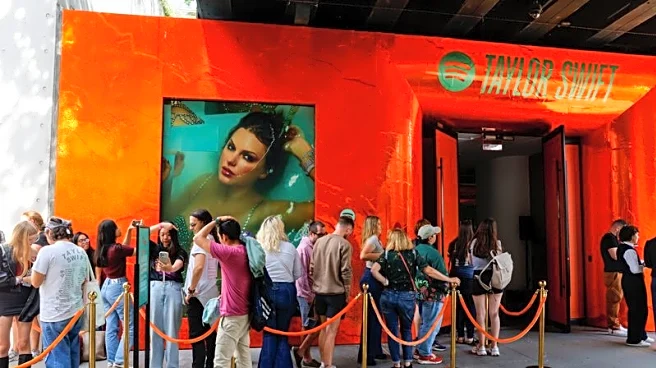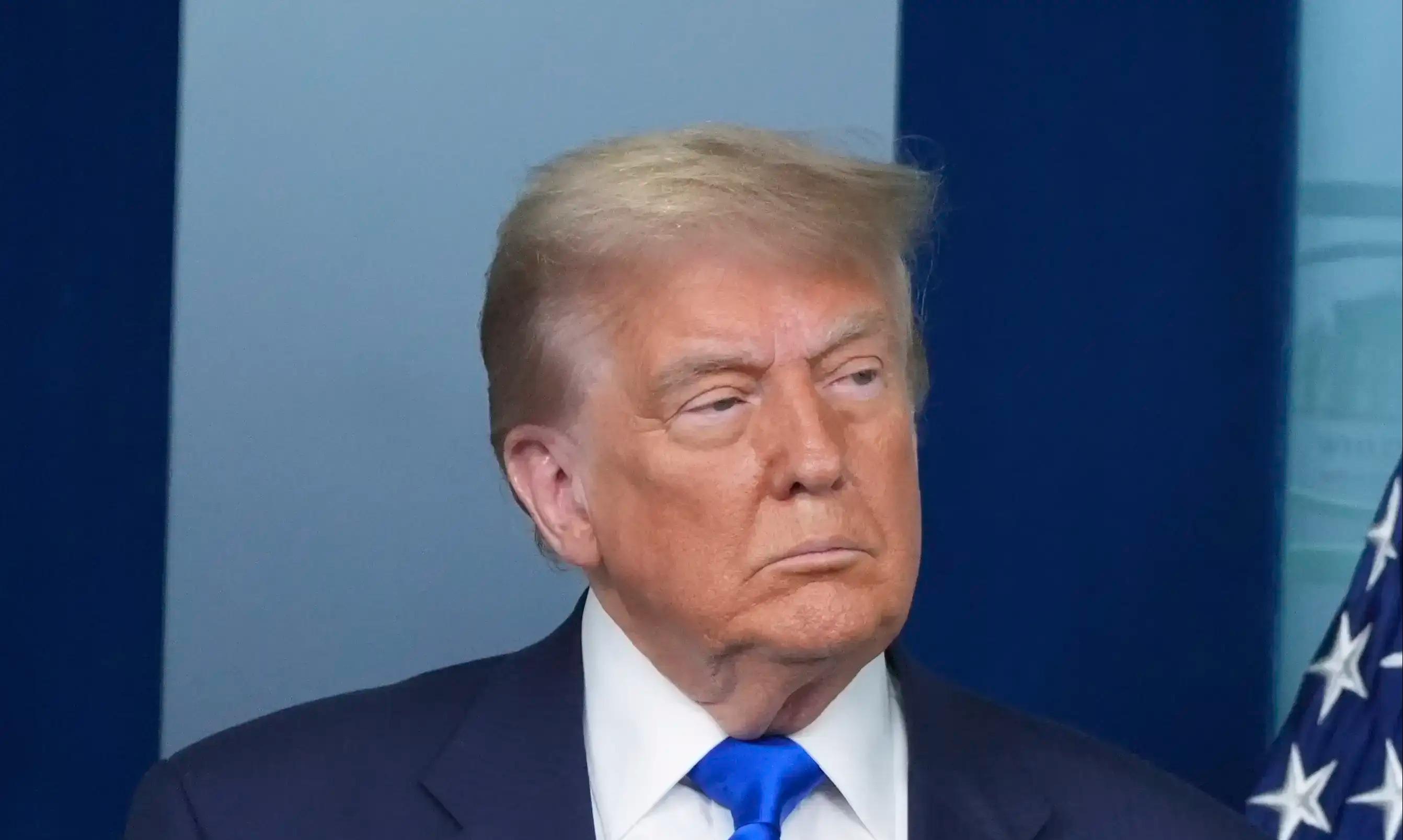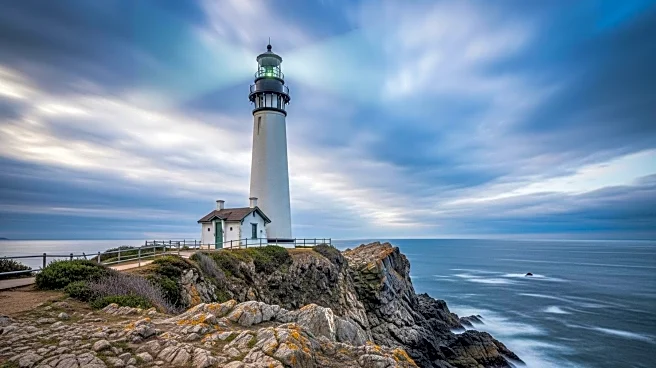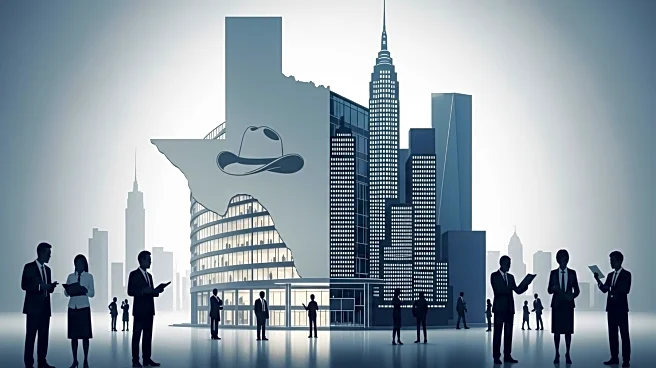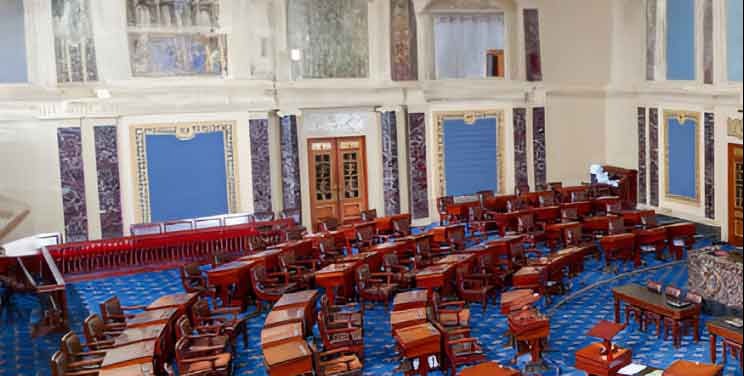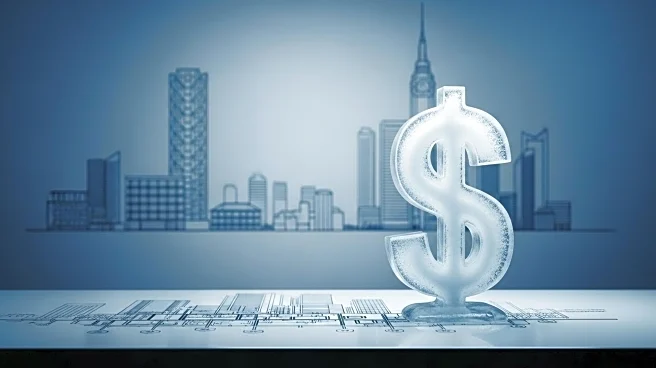What's Happening?
Cultural figures in New York City, including authors, actors, and curators, have shared their visions for the city's arts scene in 2050. Notable contributors like Gary Shteyngart, Jacqueline Woodson, Ilana Glazer, Leslie Odom Jr., and Naomi Beckwith envision a future where the arts are deeply integrated into the fabric of the city. The predictions include a shift towards shared art spaces in the Bronx and the transformation of commercial buildings into creative hubs. The arts are expected to embrace technology, with new forms emerging from the intersection of human creativity and machine capabilities. The city's cultural life is anticipated to be a blend of historical reverence and innovative expression, with public works that are responsive to audiences and reflective of New York's unique juxtaposition of the old and the new.
Why It's Important?
The envisioned transformation of New York's arts scene by 2050 highlights the potential for significant cultural and economic impacts. As artists take over commercial spaces, there could be a revitalization of underutilized areas, contributing to economic growth and community development. The integration of technology into the arts may lead to new industries and job opportunities, fostering innovation and attracting global talent. This evolution could also enhance New York's status as a cultural capital, drawing tourists and art enthusiasts. The focus on inclusivity and historical narratives may strengthen community ties and promote cultural understanding, making the arts more accessible and relevant to diverse audiences.
What's Next?
As these visions for New York's arts scene unfold, stakeholders such as city planners, cultural institutions, and artists will need to collaborate to realize these ambitious goals. Investment in infrastructure and technology will be crucial to support the anticipated changes. Policymakers may need to consider incentives for creative industries and ensure that the arts remain a priority in urban development plans. The public's response to these changes will also play a critical role, as community engagement and support will be essential for the successful integration of new art forms and spaces.
Beyond the Headlines
The predicted changes in New York's arts scene could have broader implications for cultural policy and urban development across the U.S. Other cities may look to New York as a model for integrating arts and technology, potentially leading to a nationwide shift in how cultural spaces are conceived and utilized. The emphasis on historical narratives and inclusivity could inspire similar movements in other urban areas, promoting a more diverse and representative cultural landscape. Additionally, the blending of human and machine creativity may raise ethical questions about authorship and the role of technology in artistic expression.

